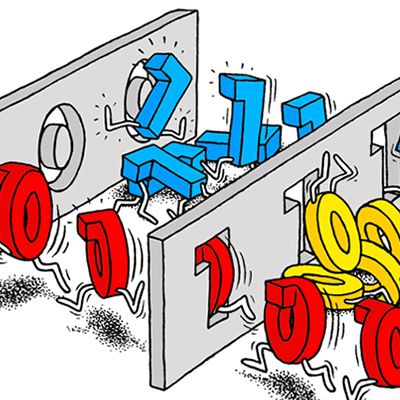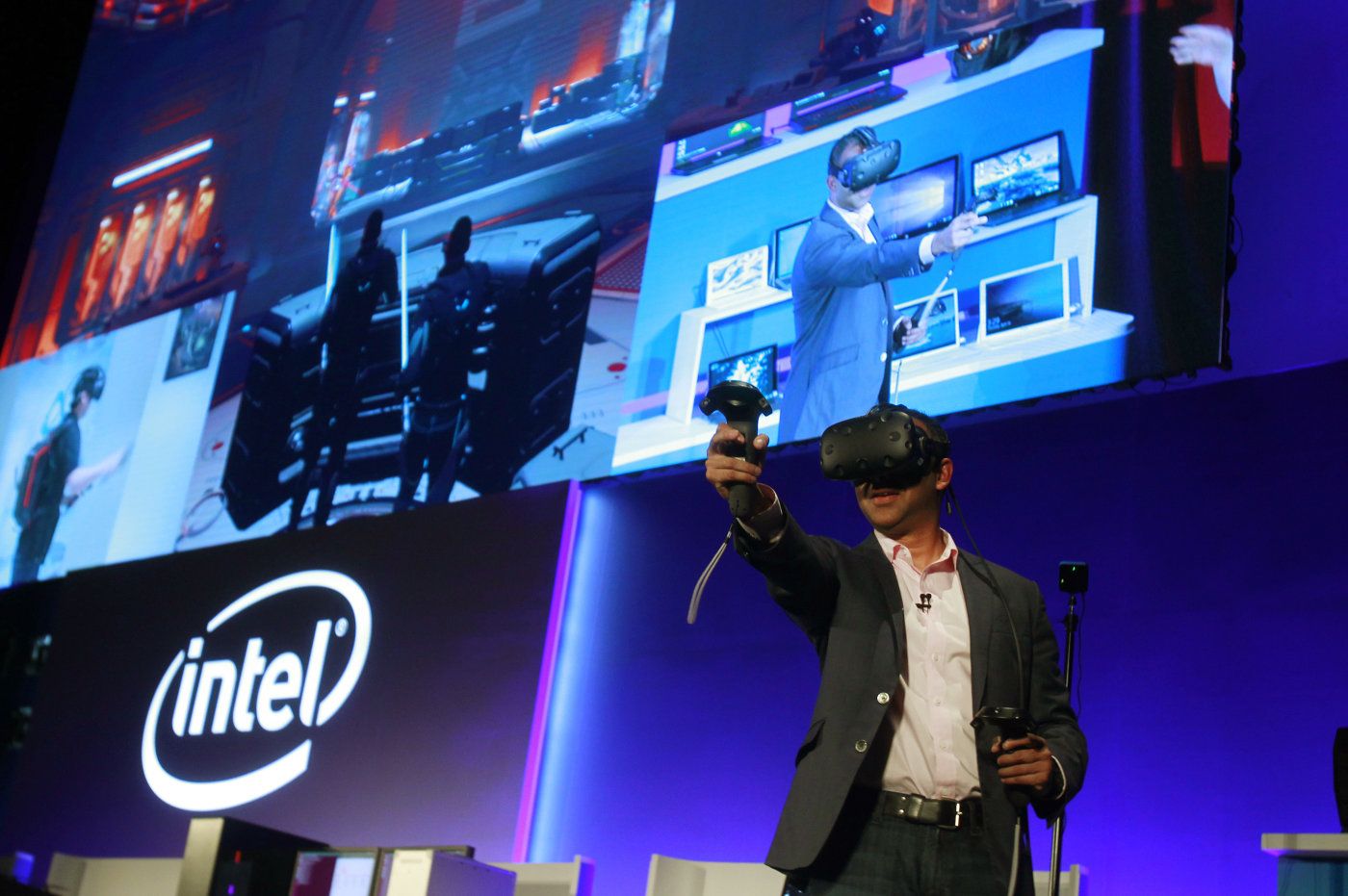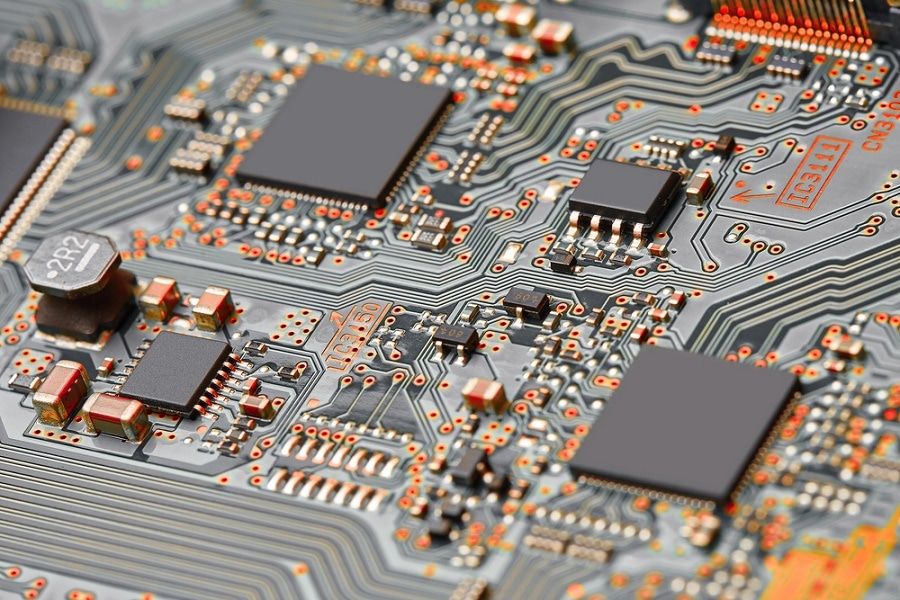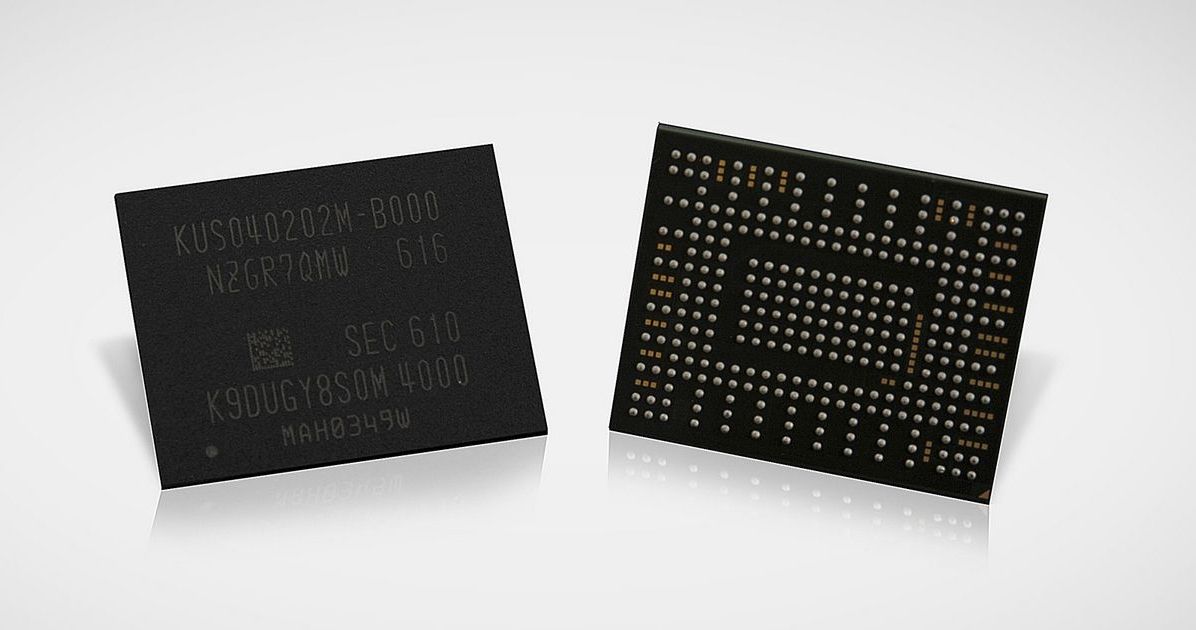When I 1st read this headline, I had to pause and ask myself “was the article’s author informed at all on QC?” especially given China’s own efforts much less D-Wave, Google, and University of Sydney. And, then I read the article and I still have to wonder if the author is on top of the emerging technologies such as BMI, graphene, QC, and other nanotechnology that are already being tested to go live in the next 7 to 10 years plus much of the content is very superficial at best. I am glad that the author did put the tid bit on Singularity as the endpoint state; however, that is pretty well known. Nonetheles, sharing to let you be the judge.
For decades, we relied on silicon as the semiconductor for our computer chips. But now, working at nanometer scales, it looks like physical limitations may end the current methods to include more and more processing power onto each individual chip.
Many companies are making billion-dollar investments to continue scaling down semiconductor technology. The pressures of big data and cloud computing are pushing the limits of the current semiconductor technology in terms of bandwidth, memory, processing speed, and device power consumption.
Today’s state-of-the-art silicon chips are engineered at the 22- and 14-nanometer scale. Research is underway to take that down to 10-nanometer scale in the next several years.
Read more









